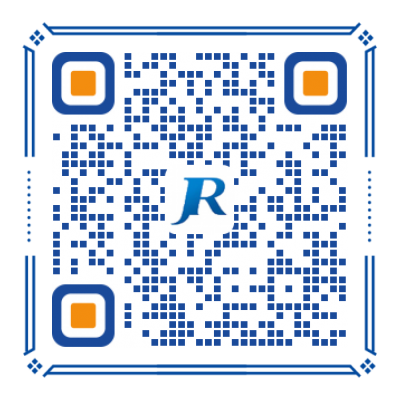托輥生產線向智能制造升級的核心目標是提升生產效率、降低人工依賴、確保質量穩定性,以下是關鍵步驟和技術方案:
The core goal of upgrading the roller production line to intelligent manufacturing is to improve production efficiency, reduce manual dependence, and ensure quality stability. The following are the key steps and technical solutions:
1. 升級路徑與關鍵技術
1. Upgrade Path and Key Technologies
升級方向關鍵技術/設備作用
Key technologies/equipment roles in upgrading direction
自動化生產 工業機器人(上下料、焊接、裝配) 替代人工,24小時連續作業
Automated production industrial robots (loading and unloading, welding, assembly) replace manual labor and operate continuously 24 hours a day
數字化管控 可編程控制器(PLC)實時監控生產數據,優化排產
Digital control programmable logic controller (PLC) monitors production data in real-time and optimizes scheduling
智能檢測 機器視覺(尺寸/焊縫檢測) 自動識別缺陷,精度±0.05mm
Intelligent detection machine vision (size/weld seam detection) automatically identifies defects with an accuracy of ± 0.05mm
柔性化生產 快速換模系統 快速切換托輥型號
Flexible production rapid mold changing system for quick switching of roller models
預測性維護 IoT傳感器+AI分析 提前預警設備故障
Predictive maintenance of IoT sensors+AI analysis for early warning of equipment failures
2. 核心設備升級清單原材料處理
2. Core equipment upgrade list and raw material processing
激光切割機(替代傳統鋸床,精度提升至±0.1mm);自動化料庫(AGV搬運,減少人工干預)
Laser cutting machine (replacing traditional sawing machines, with accuracy improved to ± 0.1mm); Automated material warehouse (AGV handling, reducing manual intervention)
加工與焊接:數控車床(加工軸承座,圓度誤差≤0.01mm);焊接機器人(搭載激光跟蹤系統,焊縫合格率≥99.5%)
Processing and welding: CNC lathe (processing bearing seat, roundness error ≤ 0.01mm); Welding robot (equipped with laser tracking system, weld qualification rate ≥ 99.5%)
裝配與檢測:自動壓裝機(軸承裝配壓力可控,過盈配合零損傷);在線動平衡儀(檢測托輥偏心量≤0.5g·cm)
Assembly and testing: Automatic press fitting machine (with controllable bearing assembly pressure and zero damage interference fit); Online dynamic balancing instrument (detecting roller eccentricity ≤ 0.5g · cm)
數據管理:數字孿生平臺(虛擬調試,降低試產成本)
Data Management: Digital Twin Platform (Virtual Debugging, Reducing Trial Production Costs)
3. 實施效益
3. Implementation benefits
效率提升:人均產能從50件/天增至150件/天
Efficiency improvement: Per capita production capacity increased from 50 pieces/day to 150 pieces/day
質量改進:不良率從3%降至0.5%以下
Quality improvement: The defect rate has been reduced from 3% to below 0.5%
成本降低:能耗減少20%,人工成本下降60%
Cost reduction: Energy consumption reduced by 20%, labor costs reduced by 60%

